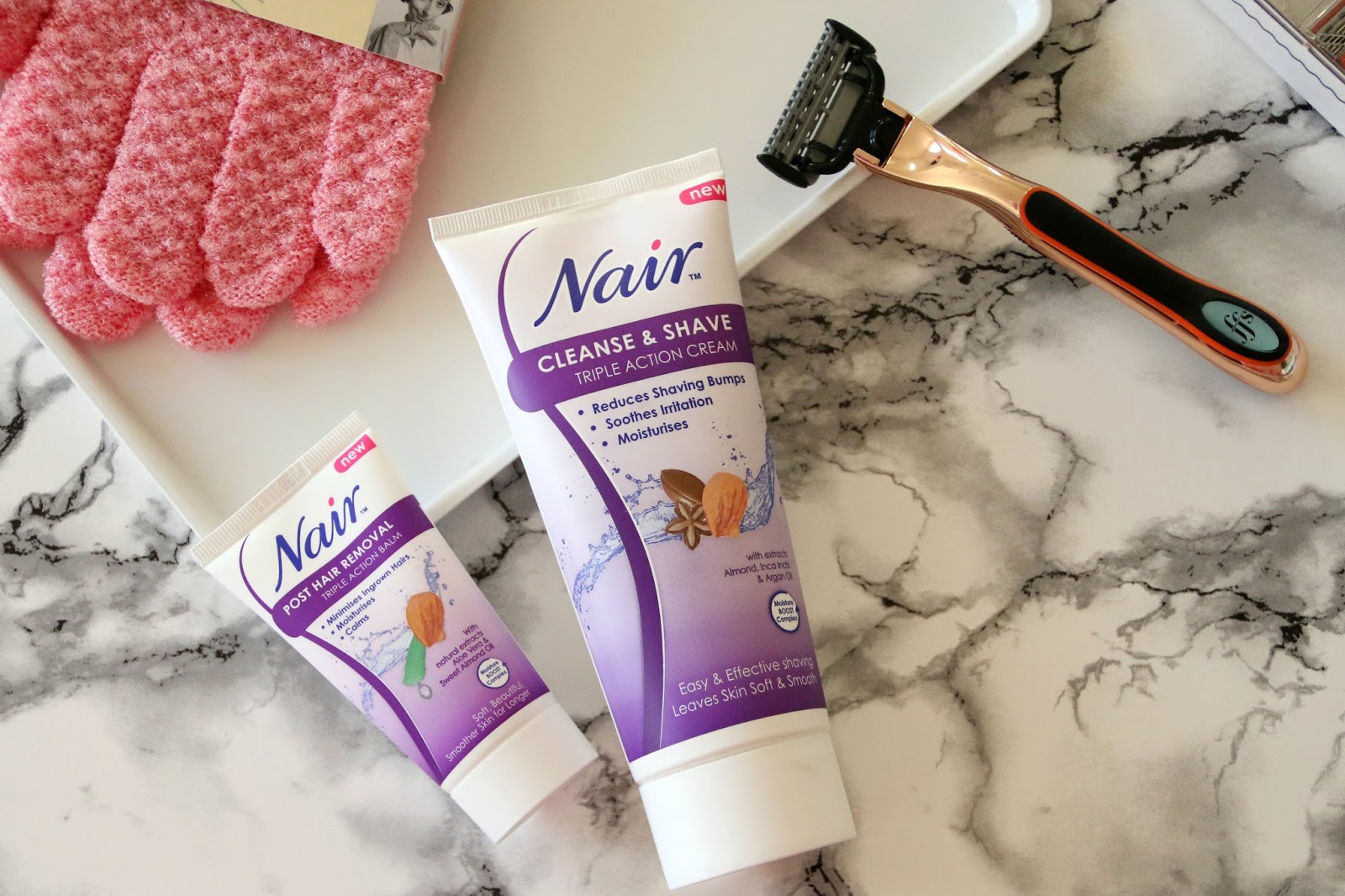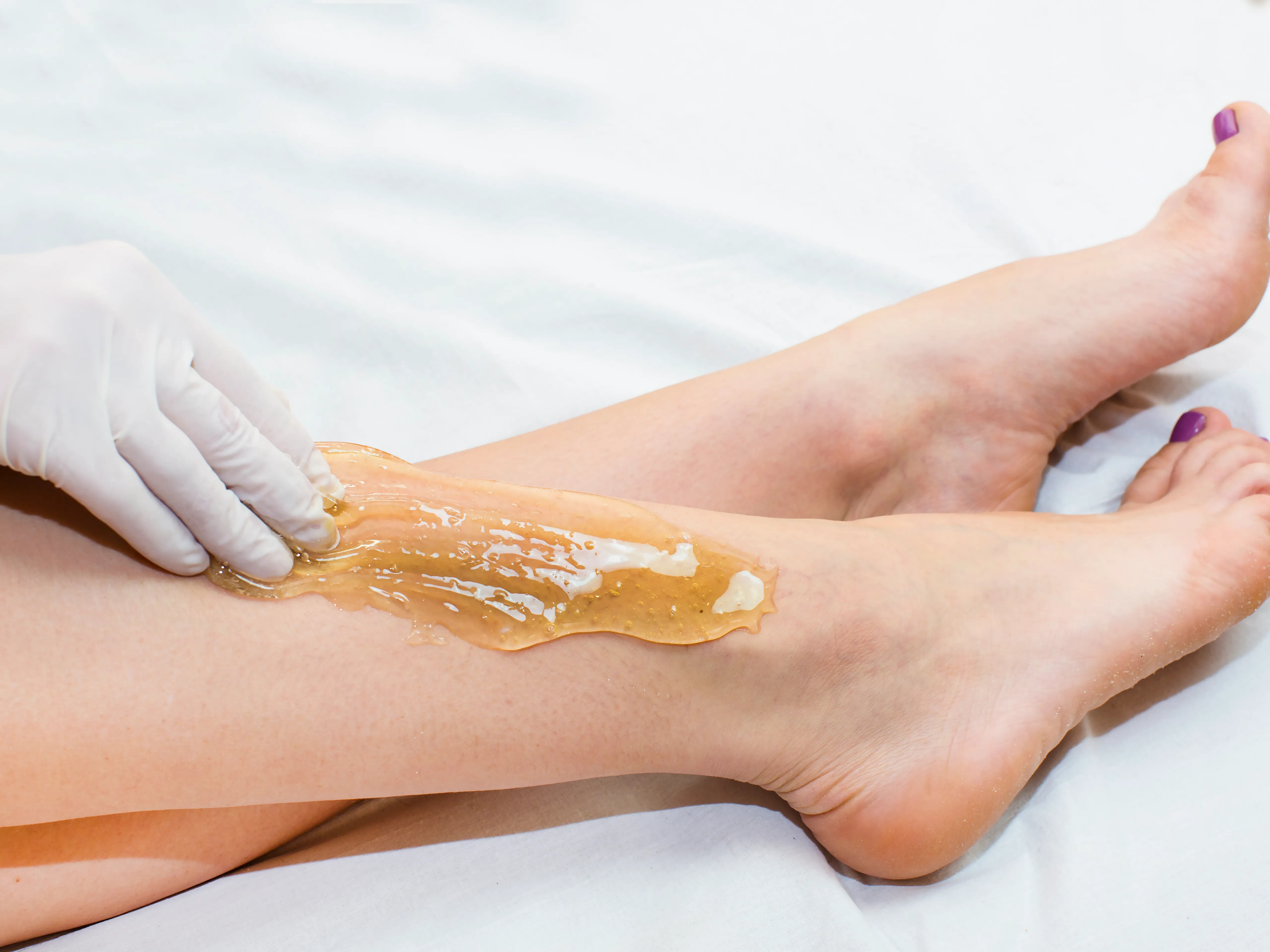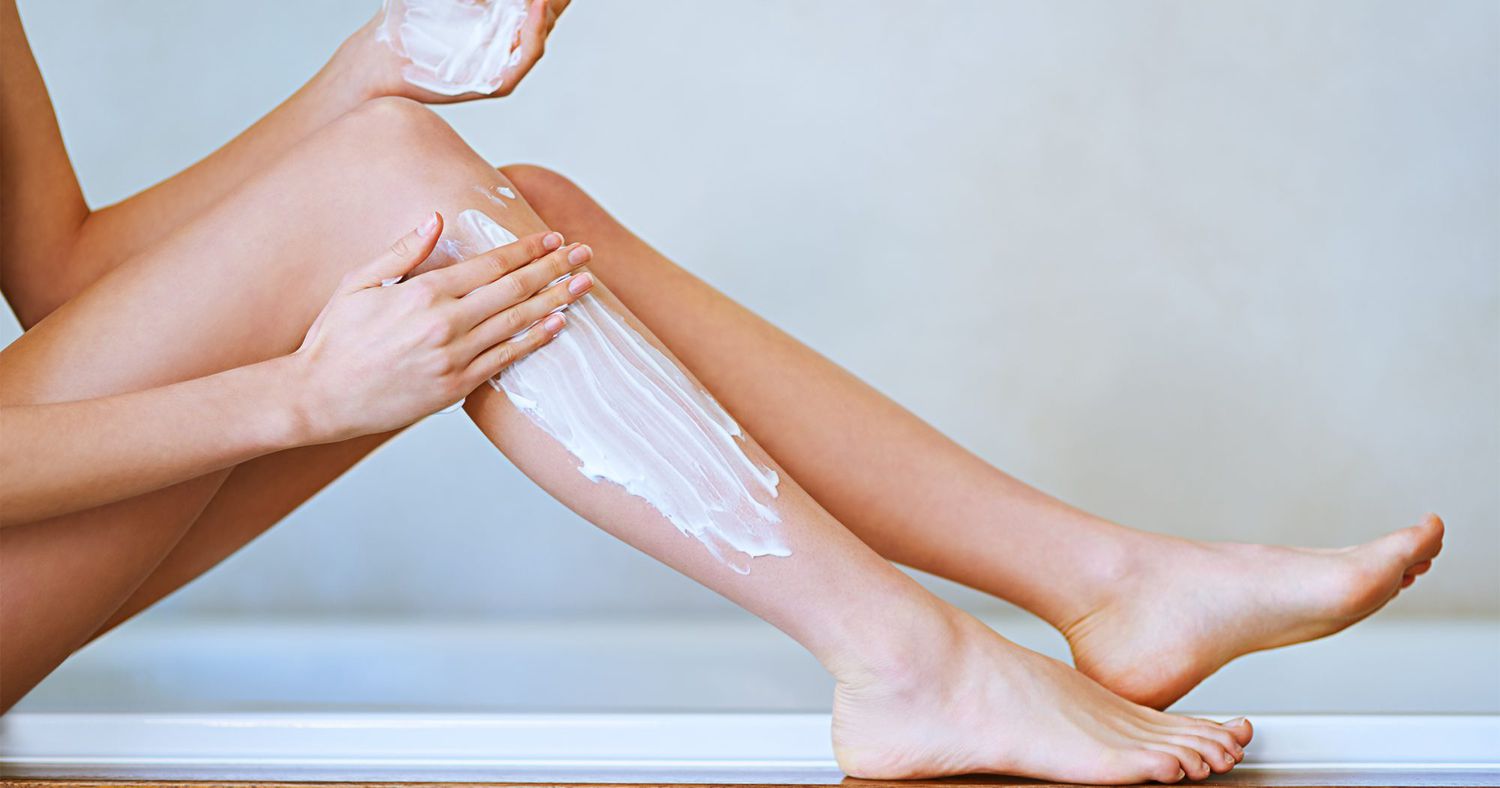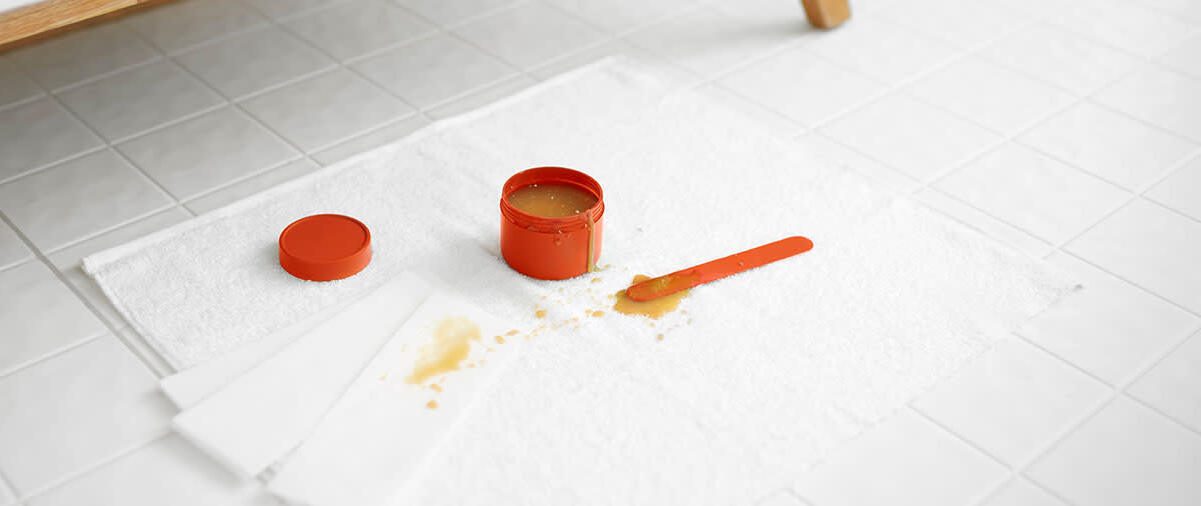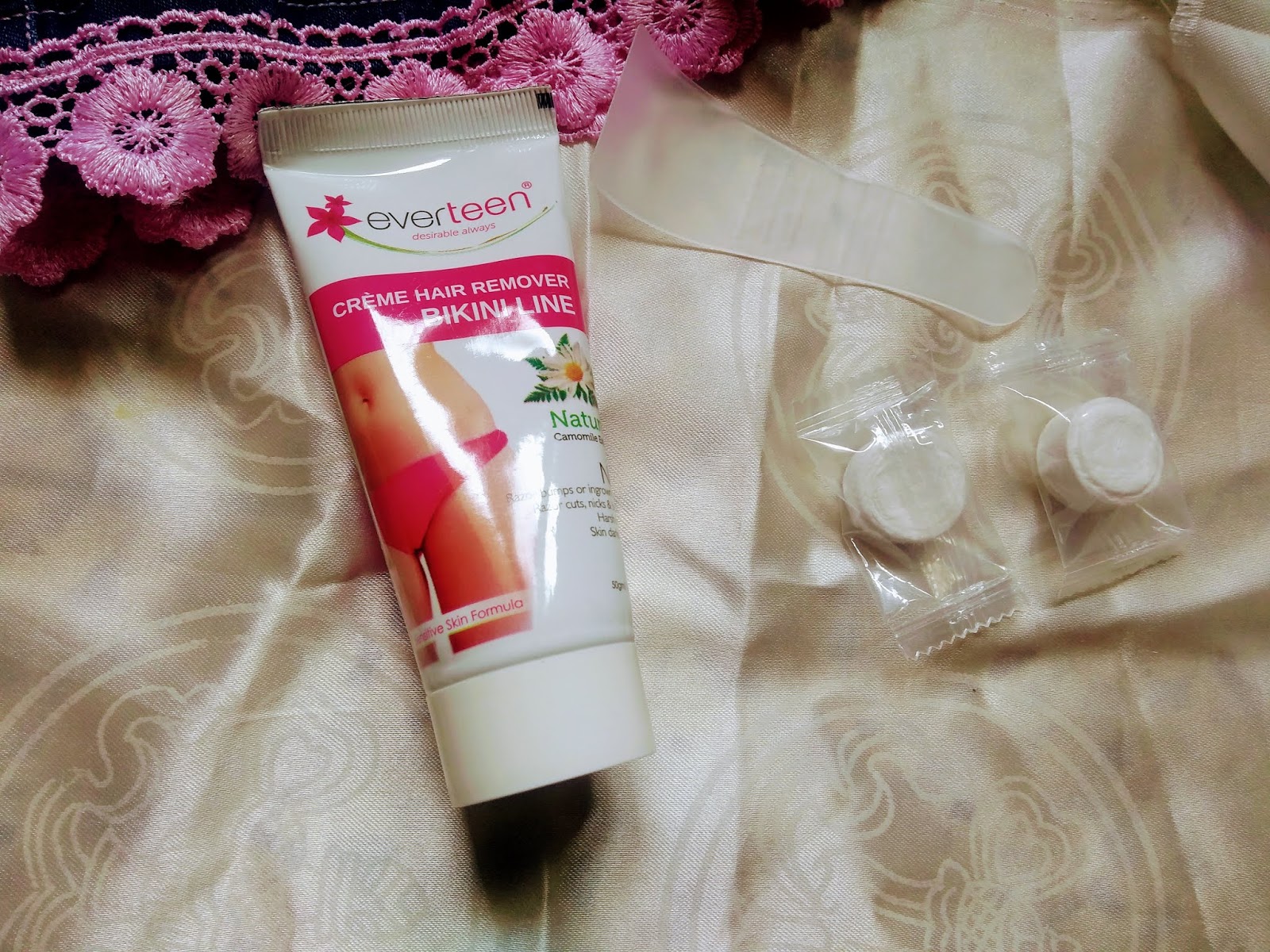Home>Buying Guides>What Kind Of Wax Is Used For Hair Removal
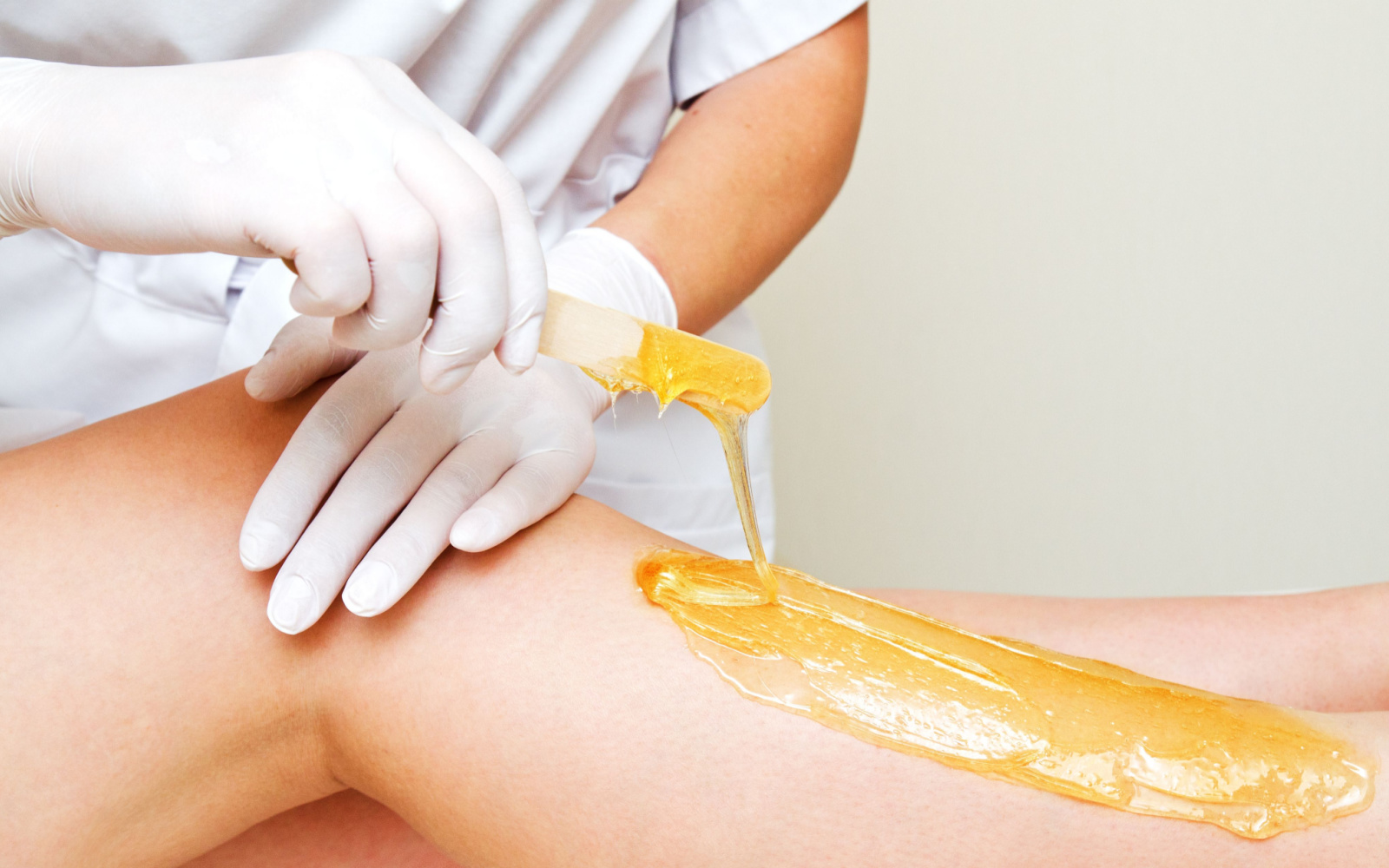

Buying Guides
What Kind Of Wax Is Used For Hair Removal
Modified: September 23, 2023
Discover the perfect wax for hair removal in our comprehensive guide. From hard wax to soft wax, find the best option for women's hair removal.
(Many of the links in this article redirect to a specific reviewed product. Your purchase of these products through affiliate links helps to generate commission for Under-tec.com, at no extra cost. Learn more)
Table of Contents
Introduction
Hair removal is a common beauty practice that many women engage in to achieve smooth and hair-free skin. There are various methods available for hair removal, and one popular option is using wax. Waxing involves applying a sticky substance to the skin and then removing it, taking the unwanted hair along with it. This method offers longer-lasting results compared to shaving or using depilatory creams.
Hair removal wax comes in different types, each with its own characteristics and advantages. Understanding the differences between them can help you make an informed decision about the best type of wax for your needs. Additionally, there are variations in application techniques, such as the use of strips or non-strip methods, which can also impact your experience with waxing.
In this article, we will explore the various types of hair removal wax, compare soft wax versus hard wax, discuss strip wax versus non-strip wax, highlight the benefits of using wax for hair removal, and provide important precautions and considerations to keep in mind. By the end of this article, you will have a better understanding of the different options available and be equipped to select the most suitable wax for your hair removal needs.
What is hair removal wax?
Hair removal wax is a sticky substance that is applied to the skin to remove unwanted hair. It is a popular method of hair removal as it provides longer-lasting results compared to shaving or using depilatory creams. The wax adheres to the hair and when it is removed, the hair is pulled out from the root, resulting in smoother, hair-free skin for weeks.
Hair removal wax is typically made from a combination of natural or synthetic ingredients like beeswax, resin, and various oils. These ingredients work together to create a pliable yet sticky texture that can effectively grip and remove the hair. The wax is heated to a high temperature and then applied to the desired area using a spatula or roller. Once applied, it cools and hardens, allowing it to firmly adhere to the hair.
There are two main types of hair removal wax: soft wax and hard wax. Soft wax is the traditional type of wax, often used with cloth or paper strips. Hard wax, on the other hand, is a more modern variation that is applied directly to the skin and hardens as it cools, eliminating the need for strips.
Hair removal wax can be used on various parts of the body, including the legs, arms, underarms, bikini area, and even the face. However, it is important to note that certain areas may be more sensitive than others, so it is necessary to select the appropriate wax and technique for each specific area.
In the next sections, we will delve deeper into the differences between soft wax and hard wax, as well as explore the variations in application techniques such as strip wax and non-strip wax. Understanding these differences will help you determine which type of hair removal wax is best suited for your preferences and needs.
Different types of hair removal wax
Hair removal wax comes in various types, each with its own unique characteristics and advantages. The choice of wax depends on personal preferences, skin type, and the area of the body being waxed. Here are some of the most common types of hair removal wax:
- Soft wax: Soft wax, also known as strip wax, is the traditional form of hair removal wax. It is usually applied in a thin layer using a spatula or roller, and then a cloth or paper strip is pressed onto the wax. The strip is quickly pulled off in the opposite direction of hair growth, removing the hair from the root. Soft wax is great for large areas of the body, such as legs and arms, as it covers a larger surface area.
- Hard wax: Hard wax, also called stripless wax, is a modern variation that does not require the use of strips. This type of wax is applied in a thicker layer directly onto the skin. As it cools and hardens, it encapsulates the hair. Once hardened, the wax is pulled off in one swift motion, without the need for a strip. Hard wax is often preferred for more sensitive areas like the bikini area, underarms, and face as it is gentler on the skin.
- Sugar wax: Sugar wax, also known as sugaring, is a natural alternative to traditional waxes. It is made from a combination of sugar, lemon juice, and water. The paste is applied to the skin and then removed in the same manner as soft wax, with the use of cloth or paper strips. Sugar wax is praised for its gentle exfoliating properties and is suitable for all skin types, including sensitive skin. It is also easier to clean up as it dissolves in water.
- Hot wax: Hot wax is a type of hair removal wax that is warmed to a higher temperature than other waxes. The heat helps to open up the hair follicles, allowing for easier hair removal. Hot wax is often used for thick or coarse hair and can be applied to any part of the body. It provides a more comfortable waxing experience and is particularly beneficial for individuals with sensitive skin.
- Warm wax: Warm wax is a popular type of hair removal wax that is heated to a moderate temperature before application. It is gentle on the skin and ideal for sensitive areas. Warm wax is available in different formulations, including roll-on or microwaveable options, making it convenient and easy to use at home.
Each type of hair removal wax has its own advantages and drawbacks. It is important to consider personal preferences, skin type, and the specific area being waxed when selecting the most suitable wax for hair removal. Experimenting with different types of wax can help you find the one that works best for you.
Soft wax vs hard wax
When it comes to hair removal wax, there are two main types: soft wax and hard wax. Understanding the differences between them can help you choose the right one for your hair removal needs.
Soft wax, also known as strip wax, is the traditional form of wax. It is applied in a thin layer using a spatula or roller, and then a cloth or paper strip is pressed onto the wax. The strip is quickly pulled off in the opposite direction of hair growth, removing the hair from the root. Soft wax is ideal for larger areas of the body, such as the legs and arms, as it covers a larger surface area in a shorter amount of time.
On the other hand, hard wax, also called stripless wax, is a more modern variation of hair removal wax. It is applied in a thicker layer directly onto the skin. As it cools and hardens, it encapsulates the hair. Once hardened, the wax is pulled off in one swift motion, without the need for a strip. Hard wax is often preferred for more sensitive areas like the bikini area, underarms, and face, as it is gentler on the skin and less likely to cause irritation.
One of the key differences between soft wax and hard wax is their application and removal methods. Soft wax requires a strip to be placed on top of the wax before removal, while hard wax hardens enough to be pulled off on its own. This distinction makes hard wax a more convenient option for at-home users who may not have access to professional waxing strips.
Additionally, hard wax and soft wax have different melting points. Soft wax is generally heated to a higher temperature than hard wax, making it more fluid and easier to spread across the skin. This characteristic allows soft wax to be applied in thinner layers, resulting in less wax usage overall. In contrast, hard wax is heated to a slightly lower temperature, allowing it to become firmer and adhere more effectively to the hair. This makes it an efficient option for removing coarse or stubborn hair.
In terms of discomfort, opinions on which type of wax is more painful vary. Some people find that the initial application of soft wax is less uncomfortable, as it is applied in a thinner consistency. However, the removal process with soft wax can be more jarring due to the quick and forceful pull of the strip. On the other hand, hard wax is known for its ability to grip the hair firmly without adhering to the skin, resulting in a potentially less painful removal process.
Ultimately, the choice between soft wax and hard wax depends on personal preference, the area being waxed, and the sensitivity of your skin. It may take some experimentation to determine which type of wax provides the most effective and comfortable results for you.
Strip wax vs non-strip wax
When it comes to hair removal wax, there are two main techniques: strip wax and non-strip wax. Each technique has its own unique characteristics and advantages, allowing you to choose the most suitable option for your hair removal needs.
Strip wax, also known as soft wax, is the more traditional and commonly used method. It involves applying a thin layer of wax to the skin using a spatula or roller. A cloth or paper strip is then pressed onto the wax and quickly removed in the opposite direction of hair growth, taking the hair along with it. Strip wax is typically used for larger areas such as the legs, arms, back, and chest.
On the other hand, non-strip wax, also known as hard wax or stripless wax, is a more modern technique. It involves applying a thicker layer of wax directly to the skin. As the wax cools and hardens, it encapsulates the hair. Once hardened, the wax is pulled off in one swift motion without the need for a strip. Non-strip wax is often preferred for more sensitive areas like the bikini line, underarms, and face.
There are a few key differences between strip wax and non-strip wax. First, strip wax requires the use of a strip to remove the hair, while non-strip wax is removed directly from the skin. This distinction makes non-strip wax a more convenient option for at-home users who may not have access to professional waxing strips.
Additionally, strip wax is typically used with softer waxes that have a lower melting point, making them more fluid and easier to spread across the skin. This characteristic allows strip wax to be applied in thinner layers, resulting in less wax usage overall. In contrast, non-strip wax is usually made of harder waxes that have a slightly higher melting point. This allows the wax to become firmer and adhere more effectively to the hair, making it an efficient option for removing coarse or stubborn hair.
In terms of pain and discomfort, opinions may vary. Some people find that the application of strip wax is less uncomfortable due to the thinner consistency of the wax. However, the removal process with strip wax can be more jarring due to the quick and forceful pull of the strip. On the other hand, non-strip wax is known for its ability to grip the hair firmly without adhering to the skin, resulting in a potentially less painful removal process.
Ultimately, the choice between strip wax and non-strip wax depends on personal preference, the area being waxed, and the sensitivity of your skin. Experimenting with both techniques can help you determine which method provides the most effective and comfortable results for your hair removal routine.
Benefits of using hair removal wax
Hair removal wax is a popular method for achieving smooth and hair-free skin. There are several benefits to using hair removal wax compared to other hair removal methods, such as shaving or using depilatory creams. Here are some of the key advantages of using hair removal wax:
- Longer-lasting results: One of the major benefits of waxing is that it provides longer-lasting results compared to shaving or using depilatory creams. When wax is applied and removed, it pulls the hair out from the root, which means it takes longer for the hair to grow back. This results in smooth and hair-free skin for weeks, allowing you to enjoy the effects of waxing for a longer period of time.
- Reduced hair growth over time: With regular waxing, you may notice a reduction in hair growth over time. Regularly removing the hair from the follicle weakens the hair root, which can lead to thinner and sparser regrowth. This can result in finer and less noticeable hair over time, making waxing a beneficial long-term solution for hair removal.
- Softer and smoother skin: Waxing not only removes the hair but also exfoliates the skin. When the wax is removed, it takes dead skin cells along with it, leaving your skin feeling soft and smooth. This exfoliation effect can help to improve the overall texture and appearance of your skin.
- Minimal maintenance: Unlike shaving, which requires frequent maintenance to keep up with regrowth, waxing provides a longer break between hair removal sessions. This means less time spent on daily or frequent maintenance, allowing you to enjoy more time between waxing appointments.
- Less risk of cuts and irritation: Shaving can often lead to nicks, cuts, and skin irritation, especially if not done carefully. With waxing, there is a lower risk of cuts or irritation since the wax removes the hair from the root without directly touching the skin. Additionally, waxing can help to prevent ingrown hairs, which are common with shaving.
- Convenience and versatility: Hair removal wax can be used on various parts of the body, including the legs, arms, underarms, bikini area, and even the face. This makes it a versatile option for removing unwanted hair from different areas. Additionally, waxing can be done at home or performed by a professional at a salon, offering convenience and flexibility in your hair removal routine.
Overall, hair removal wax provides several benefits, including longer-lasting results, reduced hair growth over time, softer and smoother skin, minimal maintenance, less risk of cuts and irritation, and convenience and versatility. Consider incorporating waxing into your hair removal routine to experience these advantages and enjoy the benefits of smooth and hair-free skin for an extended period.
Side effects and precautions
While hair removal wax offers various benefits, it is important to be aware of potential side effects and take necessary precautions to ensure a safe and effective waxing experience. Here are some common side effects and precautions to keep in mind when using hair removal wax:
- Skin irritation: Waxing can cause temporary redness, inflammation, or irritation of the skin. This is because waxing involves removing hair from the root, which can briefly stimulate the skin and cause a reaction. To minimize the risk of irritation, it is important to ensure that your skin is clean and dry before waxing, and to avoid waxing over areas with broken or sensitive skin.
- Ingrown hairs: Ingrown hairs can occur after waxing, especially if the hair is broken during the process. To prevent ingrown hairs, exfoliate regularly before waxing to remove dead skin cells and keep the hair follicles clear. Additionally, avoid waxing in the same direction as hair growth, as this can increase the likelihood of ingrown hairs.
- Sensitivity or allergic reactions: Some individuals may have sensitivity or allergies to certain ingredients in hair removal wax. Before using wax, it is recommended to do a patch test on a small area of skin to check for any adverse reactions. If you experience any itching, redness, or swelling, it is best to discontinue use and consult a dermatologist for further guidance.
- Burns or skin damage: Wax that is too hot can cause burns or damage to the skin. It is important to follow the instructions provided with the wax and test the temperature before applying it to a larger area. Ensure that the wax is not uncomfortably hot to avoid any potential burns.
- Pregnancy or certain medical conditions: Pregnant women or individuals with certain skin conditions, such as eczema, psoriasis, or active acne, should consult with a healthcare professional before waxing. Hormonal changes during pregnancy can make the skin more sensitive and prone to adverse reactions. Similarly, some skin conditions may be irritated by waxing, making it important to seek medical advice.
- Proper technique: It is crucial to use proper waxing techniques to minimize the risk of injury or ineffectiveness. Whether waxing at home or visiting a professional, make sure to apply the wax in the direction of hair growth, hold the skin taut when removing the wax, and pull against the direction of hair growth for best results.
By being aware of the potential side effects and taking necessary precautions, you can minimize any risks and ensure a safer and more effective waxing experience. If you have any concerns or doubts, it is always recommended to consult with a professional esthetician or dermatologist for guidance and advice.
Choosing the right wax for hair removal
Choosing the right wax for hair removal is essential to achieve the best results and minimize any potential side effects. Consider the following factors when selecting the most suitable wax for your hair removal needs:
- Skin sensitivity: If you have sensitive skin, opt for a wax that is specifically formulated for sensitive skin types. These waxes often contain soothing ingredients like chamomile or aloe vera to help calm the skin during and after waxing. Avoid waxes that contain potential irritants such as fragrances or synthetic dyes.
- Hair type and thickness: Different waxes are designed to effectively remove different types of hair. If you have coarse or thick hair, consider using a hard wax that is known for its strong grip and effectiveness in removing stubborn hair. If you have finer hair, a soft wax may be sufficient for your needs.
- Area of the body: Certain areas of the body may require a specific type of wax. For larger areas like the legs or arms, soft wax is often more practical as it can cover a larger surface area and be removed using strips. For more delicate areas like the bikini line or face, non-strip hard wax may be a better option as it is less likely to cause irritation and can be applied directly to the skin.
- At-home or professional use: Consider whether you will be performing the waxing at home or seeking professional help. If you are a beginner and prefer the convenience of at-home waxing, you may want to choose a wax that is easy to use and designed for home use. If you are going to a professional esthetician, they will have their preferred wax type and technique.
- Personal preference: Ultimately, personal preference plays a role in selecting the right wax for hair removal. Some individuals may prefer the convenience of strip wax, while others may enjoy the stripless application and removal of hard wax. Experimenting with different types of wax can help you determine what works best for you and your preferences.
It is also important to follow the instructions provided with the waxing product and perform a patch test before using it on a larger area of the body. This will help identify any potential adverse reactions and ensure that the wax is suitable for your skin type.
If you are unsure or have specific concerns or allergies, it is recommended to consult with a dermatologist or professional esthetician who can provide personalized recommendations based on your needs and skin type.
Conclusion
Hair removal wax is a popular method for achieving smooth, hair-free skin. Whether you choose soft wax or hard wax, strip wax or non-strip wax, each type offers its own unique benefits and advantages. Soft wax with strips is great for larger areas like the legs and arms, while hard wax without strips is ideal for more sensitive areas like the bikini line or face.
The benefits of using hair removal wax are numerous. It provides longer-lasting results compared to shaving or using depilatory creams, reduces hair growth over time, and leaves your skin feeling softer and smoother. Additionally, waxing requires less frequent maintenance, reduces the risk of cuts and irritation, and offers convenience and versatility for removing unwanted hair from various parts of the body.
However, it is important to take precautions when using hair removal wax. This includes conducting patch tests to check for any adverse reactions, following proper technique, and considering factors such as skin sensitivity, hair type, and the area of the body being waxed. Following these precautions can help minimize any potential side effects and ensure a safe and effective waxing experience.
In the end, choosing the right wax and technique for hair removal is a personal decision. It may take some experimentation to find the type of wax that works best for your preferences, skin type, and hair removal needs. Whether you decide to wax at home or seek professional help, maintaining a regular waxing routine can lead to smoother, hair-free skin that lasts longer than other hair removal methods.
Keep in mind that if you have any concerns or specific skin conditions, it is always best to consult with a dermatologist or professional esthetician for personalized advice and recommendations.
Say goodbye to unwanted hair and embrace the benefits of hair removal wax for a long-lasting, smooth, and hair-free skin.


